The velocity of an object as a function of time is given by the following graph :

At which point (A, B, C, D or E) is the magnitude of the acceleration the greatest ?
The acceleration is equal to the slope of the velocity-versus-time graph. Although this graph is not composed of straight lines, the concept of slope still applies, at each point, the slope of the curve is the slope of the tangent line to the curve. The slope is essentially zero at points A and D (where the curve is flat), small and positive at B, and small and negative at E. The slope at point C is large and positive, so this is where the object's acceleration is the greatest.
Topper's Solved these Questions
Similar Questions
The graph shown the variation with times t of the velocity v of an object . Which one of the following graphs best represents the variation of acceleration a of the object with time t?
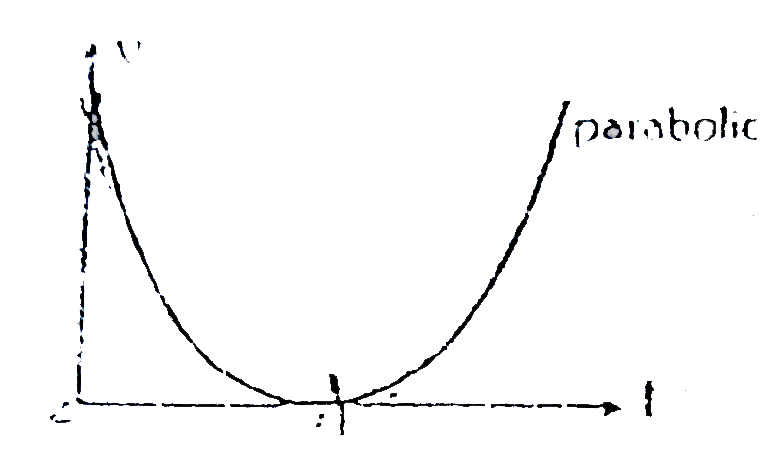
View SolutionA particle moves in such a way that its position vector at any time tist "is" hati+12t2ˆj+tˆK Find a function of time (a) the velocity, (b) the speed, (c) the acceleration, (d) the magnitude of the acceleration, (e) the magnitude of the component of acceleration along velocity (called tangential' acceleration), (f) the magnitude of the component ofacceleration perpendicular to velocity (called normal acceleration).
View Solution
Knowledge Check
The graph shown the variation with times t of the velocity v of an object . Which one of the following graphs best represents the variation of acceleration a of the object with time t?
 A
A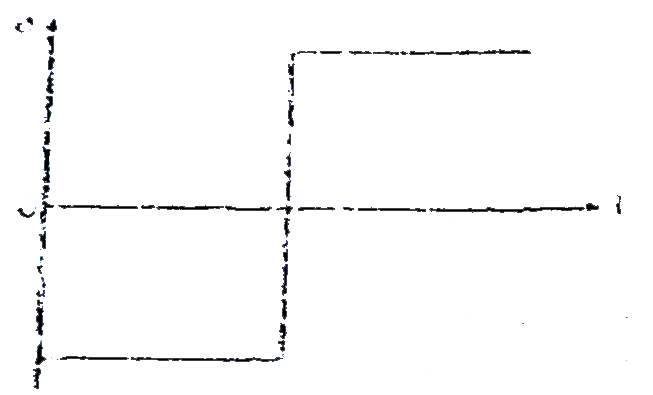 B
B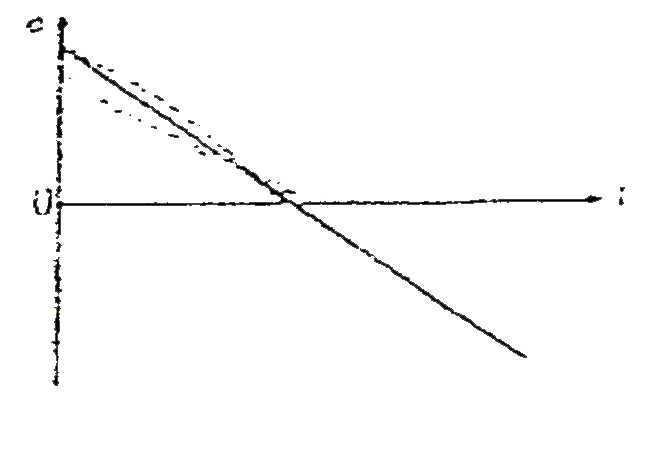 C
C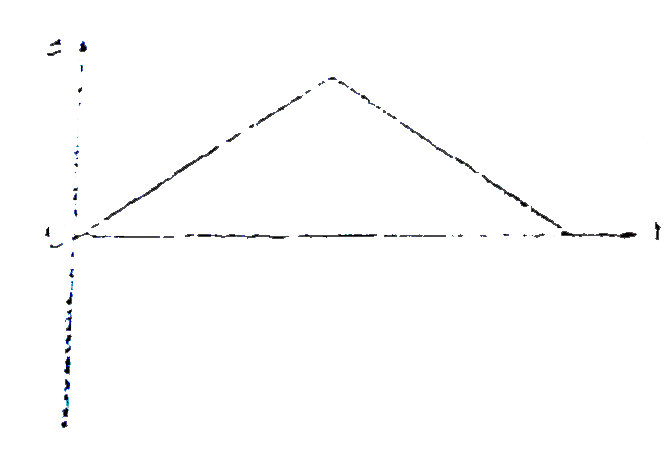 D
D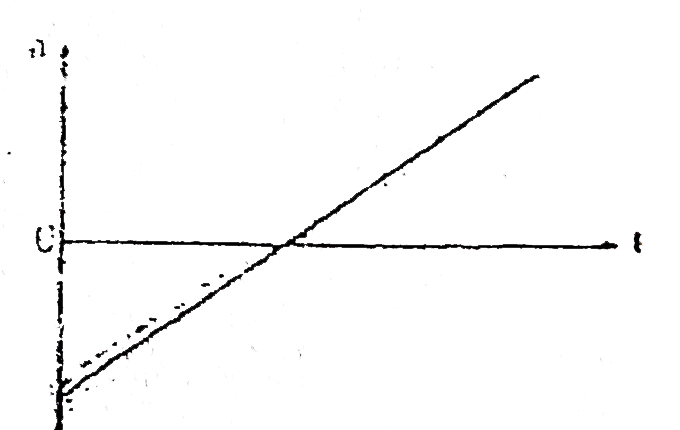
An object is moving along a straight line in the positive x direction. The graph shows its position from the starting point as a function of time. Various segments of the graph are identified by the letters A, B, C, and D.
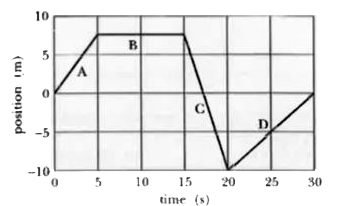
What was the instantaneous velocity of the object at the end of the eighth second ?A+7.5 m/sB+9.4 m/sC0 m/sD+9.0 m/sAn object is moving along a straight line in the positive x direction. The graph shows its position from the starting point as a function of time. Various segments of the graph are identified by the letters A, B, C, and D.
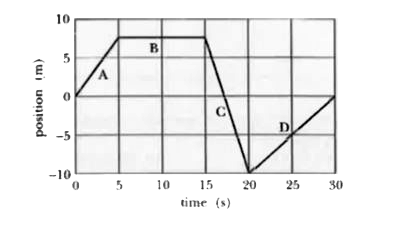
Which segment(s) of the graph represent(s) a constant velocity of +1.0 m/s ?AABCCBDD
The velocity-time graph of an object is shown below. The acceleration of the object is
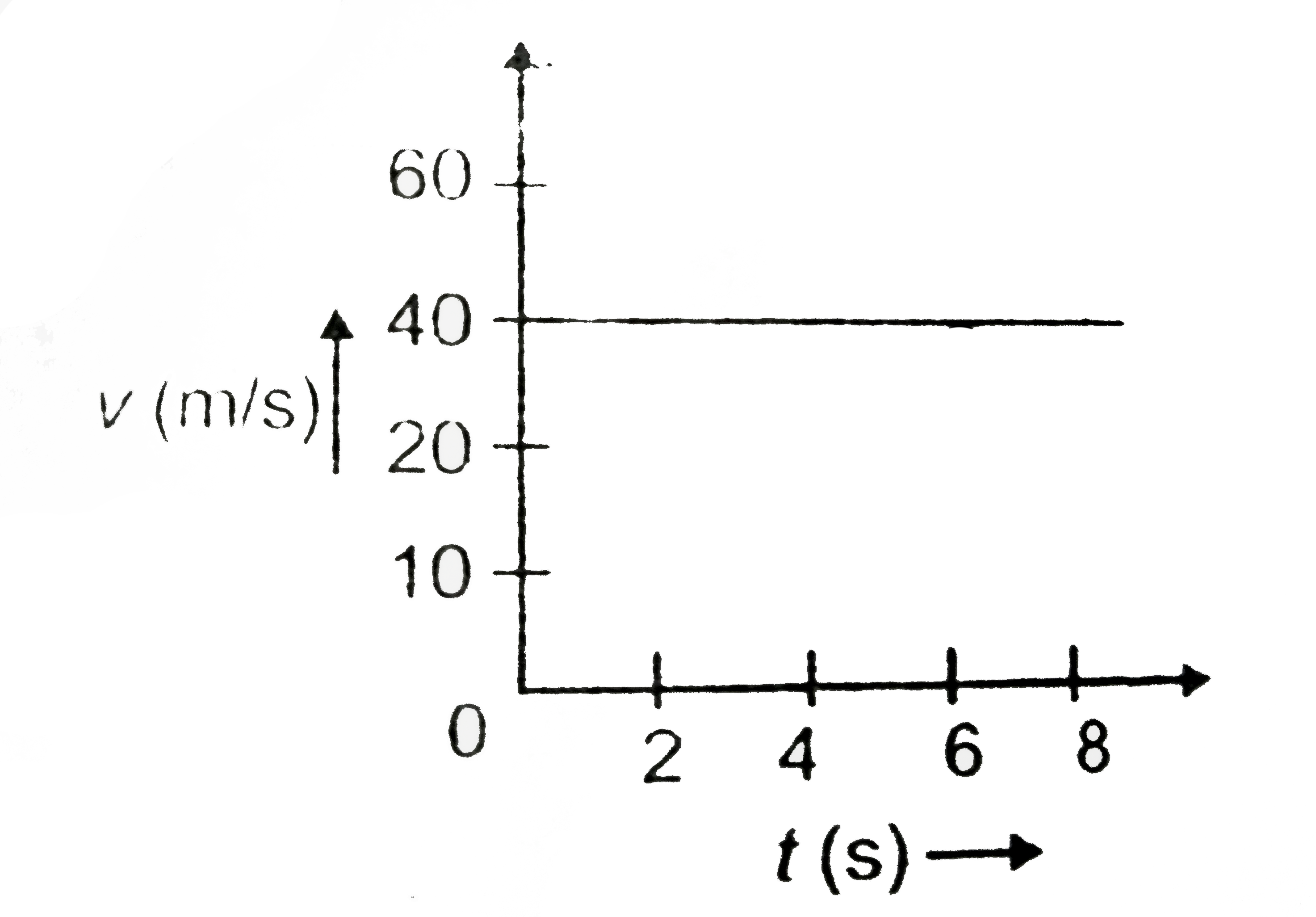
View SolutionThe graphs below show angular velocity as a function of θ. In which one of these is the magnitude of angular velocity constantly decreasing with time?
View SolutionAsserion : The acceleration of an object at a particular time is the slope of the velocity-time graph at that instant of time.
Reason : For uniform motion acceleration is zero.
View SolutionAsserion : The acceleration of an object at a particular time is the slope of the velocity-time graph at that instant of time.
Reason : For uniform motion acceleration is zero.
View SolutionThe following shows the time-velocity graph for a moving object. The maximum acceleration will be:
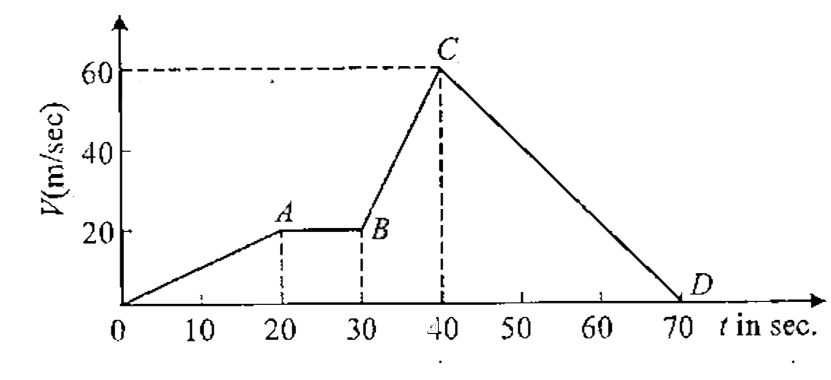
View Solution
